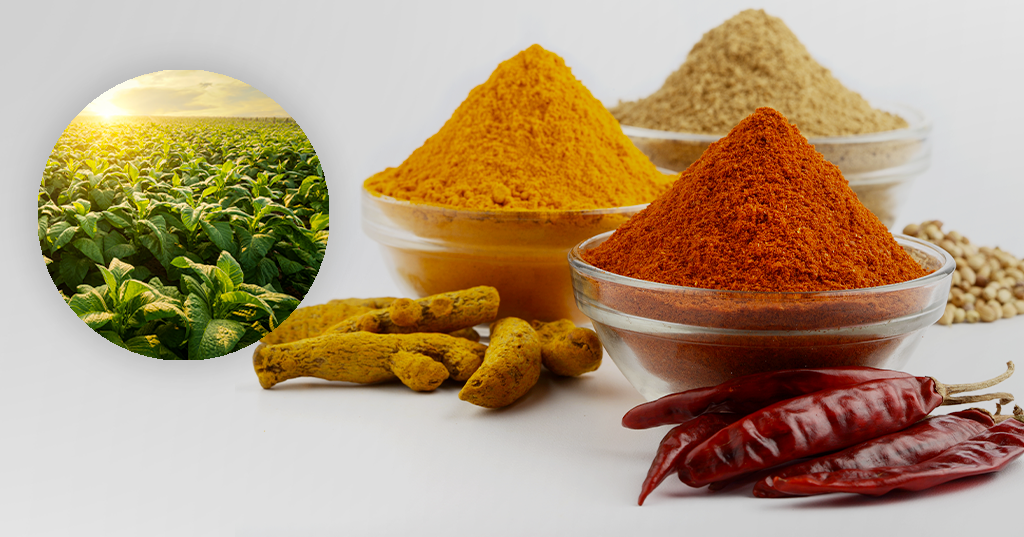MAGAZINE
Notizie, novità ed eventi che riguardano epo
NEWS, STORIES AND EVENTS CONCERNING EPO

27/02/2024 Magazine
An aid against stress from the extract of Scutellaria lateriflora L.
Fatigue, mood swings, headaches, insomnia, weight changes and other common symptoms of stress are affecting more and more people around the world: according to a study by Assosalute before the pandemic, 85% of Italians had stress-related disorders; on the other hand, the WHO (World Health Organization) has estimated anxiety-related disorders to be the most common […]

27/02/2024 News
Scutellaria lateriflora L.: a hydroethanolic extract, chemically characterized, as a possible nutraceutical ingredient in cortisol-mediated stress response
A new in vitro study published in January 2024 in the scientific journal Molecules shows for the first time that a chemically characterized extract of Scutellaria lateriflora L. (BlueCALM®) may be an ideal candidate as a nutraceutical ingredient for relaxation and sleep, due to its significant inhibitory action on the release of cortisol, the so-called […]

30/01/2024 Magazine
Adaptogen plants: a help for psychophysical homeostasis
The cold weather and reduced daylight typical of winter are external stress factors that act on our bodies. Internal imbalances such as disorders in diet and sleeping, anxiety and fatigue can also play a similar role. Such conditions can disrupt the self-regulation capacity of our body, which naturally tends to a state of stability. When […]

16/01/2024 News
Possible role of a blend of plant extracts of Cistus incanus L. and Castanea sativa Mill. in H. pylori gastric discomfort
A new in-vitro study published in the scientific journal Foods in December 2023 shows that the combination of Cistus x incanus L. and Castanea sativa Mill. (Gastalagin®) may be an ideal candidate to counteract gastric discomfort due to H. pylori, a bacterium that, according to literature sources, is present in 50% of the human population. […]

20/12/2023 News
Happy holidays from EPO
The EPO team wishes you happy holidays and a Happy New Year! Our offices will be closed from 23rd December to 7th January. All the requests received during this period will be processed as soon as we are back. In the meantime, you can contact us at epo@eposrl.com for any urgent request.

28/11/2023 Magazine
Nicotine residues in spices: EFSA has just completed the risk assessment
Nicotine is the main alkaloid in tobacco and its harmful effects on smokers, apart from addiction and habituation, are well known. However, not everyone knows that, in addition to tobacco, nicotine is also found naturally and in low concentrations in other plants of the Solanaceae family – such as the tomato, potato, aubergine and bell […]

24/10/2023 Magazine
Strengthening the body’s natural defenses and preparing for the cold season through proper nutrition and botanicals
Seasonal changes are periods of the year when our immune system is more vulnerable. There isn’t a single cause for coughs, flu, sore throats, and other autumnal illnesses, but a combination of factors to take into account. Cold weather and the decrease in natural daylight hours during the day, which promotes more sedentary behavior, while […]

26/09/2023 Magazine
Medicinal and aromatic plants: cultivation or wild collection?
According to an analysis by Fortune Business Insights, the global herbal medicine market will grow from USD 165.66 billion in 2022 to USD 347.50 billion by 2029. This is unprecedented growth, not least as a consequence of the Covid-19 pandemic, when people turned to traditional medicine to defend themselves against the infection. However, from 2001 […]

28/08/2023 Magazine
Hyperpigmentation, dark spots on the skin and natural remedies
Hyperpigmentation is a skin imperfection consisting of dark spots of varying size, caused by an overproduction of melanin, the skin pigment also responsible for tanning. According to data from an Ipsos market research study, skin hyperpigmentation affects more than 54 percent of women between 20 and 60 years of age and, particularly on the face, […]

02/08/2023 News
Happy holidays from EPO
We are taking a break to recharge our batteries and come back more energetic than before. Our offices will be closed from 7th to 18th August. In the meantime, you can contact us at epo@eposrl.com for any urgent requests. We wish everyone a happy and relaxing holiday!